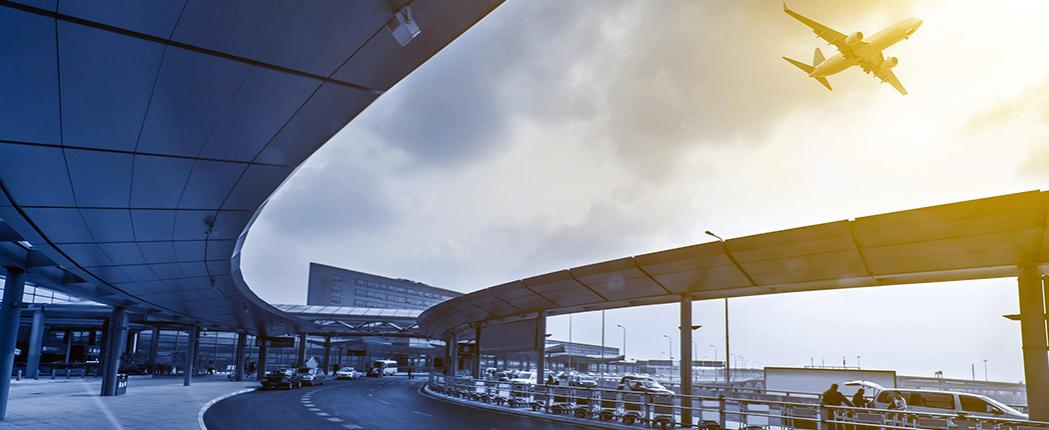“Recent estimates suggest that around US$60 trillion needs to be spent globally over the next 30 years on infrastructure - just to bring existing assets up to standard and keep pace with growth. And it isn’t all going to come from the public purse,” Mr Goodsell says.
“Several factors are coming together to put infrastructure spending firmly on the agenda around the world.
“Firstly, there has been a major underinvestment in infrastructure for the past three decades – and in some cases, even longer – which has created a huge backlog in the need for new spend.
“This underinvestment in infrastructure is prevalent in both developed and emerging economies.
“For instance, some water pipes in the US are over 100 years old and in obvious need of replacement. US water utilities are progressing with an accelerating infrastructure replacement program but the task is huge and will stretch over decades not years. This replacement program will require ongoing private sector investment.
“Secondly, despite the demand, governments are unable to step in and fund all this much-needed infrastructure. Most governments are in weak fiscal positions following the financial crisis and simply don’t have the funds available without pushing up already high levels of public debt.
“There is therefore a tremendous opportunity for privately financed infrastructure to fill a big part of the void, via both the listed and unlisted infrastructure markets.”
Listed vs unlisted infrastructure
Listed infrastructure has the advantage of liquidity as compared with unlisted, allowing investors to move into and out of positions more easily. With unlisted infrastructure, it’s not uncommon for investors to have their money waiting for a considerable period until an acceptable infrastructure asset becomes available, allowing the cash to be deployed for investment.
“At 4D Infrastructure,” said Mr Goodsell, “we also believe listed infrastructure’s daily pricing movements create opportunities for outperformance”.
Utilities vs User pay assets
Mr Goodsell says there are two broad classifications for infrastructure assets – regulated utilities (such as gas, electricity and water) and user-pays (including airports, toll roads and railways).
“At the moment, we prefer ‘user pay’ assets over utilities and believe this is where the best opportunities currently lie.
“We are in a global growth environment, albeit a sluggish one, and this type of macro backdrop should still be conducive to growth in use of user-pays assets.
“The growing middle class in emerging markets, combined with the economic recovery theme, all contribute to growing demand for the ‘product’ user-pay assets deliver: be it a tollway or an airport.”
Summary of characteristics
The key infrastructure investment characteristics include:
- visible and resilient cashflows, often underpinned by contract or regulation;
- often a monopolistic position, or at least one with high barriers to entry;
- as an investment, it acts as an inflation hedge; and
- while there can be high upfront capital costs, this is usually followed by low maintenance costs.
“From an investor’s perspective, infrastructure is a defensive asset class, with higher visibility of earnings and lower volatility compared to general equities, and a higher dividend yield – something many investors would find very attractive,” said Mr Goodsell.
